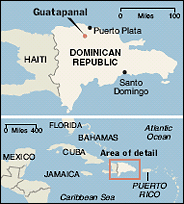
|
The New York Times |
| Abuse of Haitians by Dominicans has been reported in Guatapanal,
Dominican Republic.
|
|
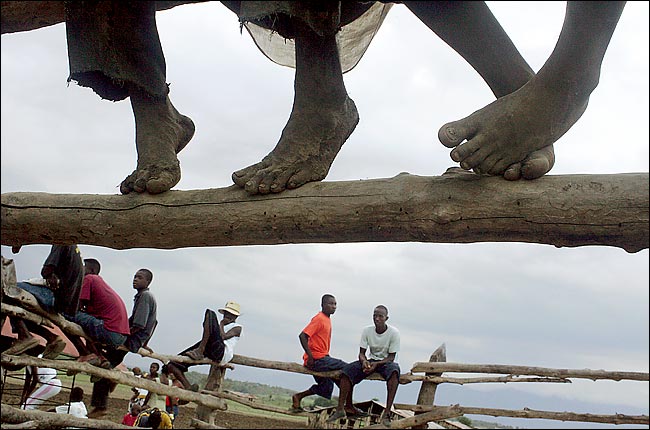 |
Tyler Hicks/The New York Times |
| Haitian farmworkers in Guatapanal, Domican Republic, were threatened with lynching in
September after two Dominican laborers were killed under uncertain circumstances. |
|
|
|
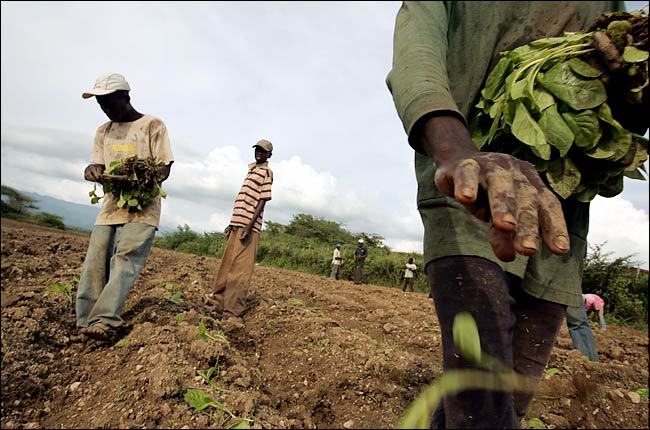 |
Tyler Hicks/The New York Times |
| The Tobacco are being planted a little late this year because the Haitian
immigrants who work them were driven away. |
|
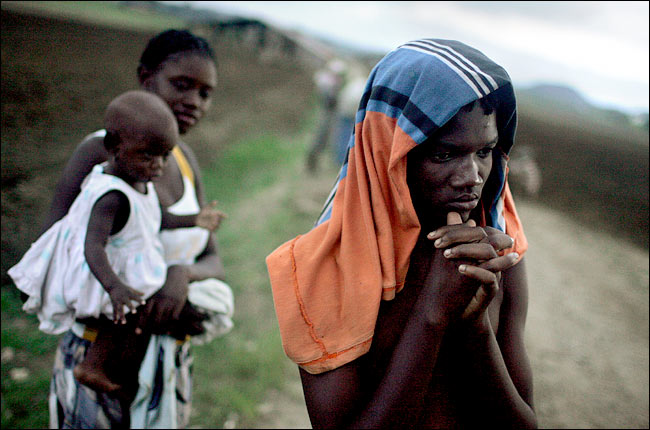 |
Tyler Hicks/The New York Times |
| Many children of Haitian workers are denied birth certificates despite
being born in the Dominican Republic. |
|
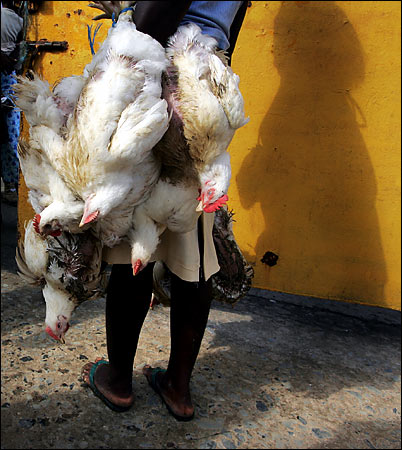
|
Tyler Hicks/The New York Times |
| After receiving threats from the Dominican community Haitians fled houses
and moved into farms where they now work and live, with no electricity or any comforts. |
|
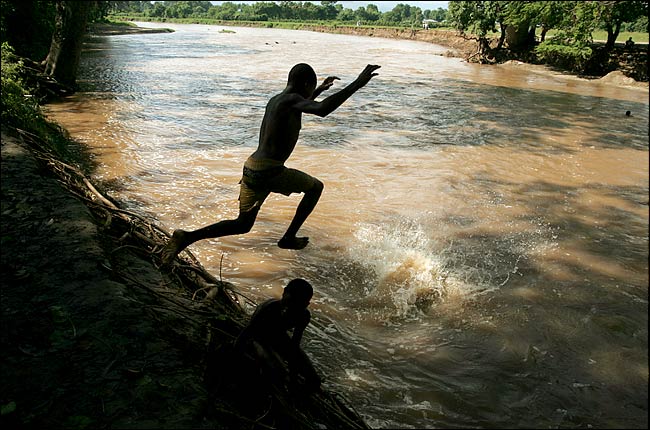 |
Tyler Hicks/The New York Times |
| The Dominican border town of Dajabon is seperated from Haiti by a small
river. Children swim on the banks and cross at will. |
|
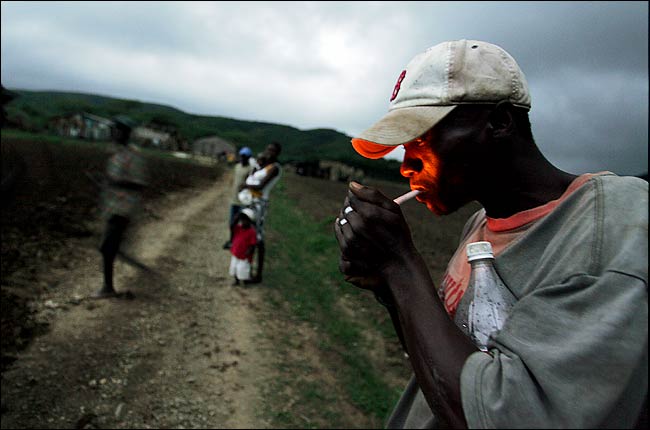 |
Tyler Hicks/The New York Times |
| About 200 Haitians, many of them children, live and work on tobacco farms in
Guatapanal, Dominican Republic. |
|
|
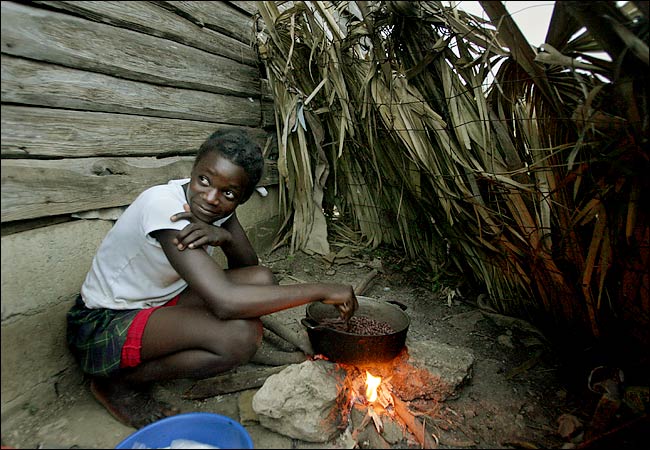 |
Tyler Hicks/The New York Times |
|
| Racism helps fuel the anti-immigrant sentiment, human rights groups say,
since Haitians tend to have dacker skin than Dominicans and are therefore often assumed
to hold a lower social status. |



